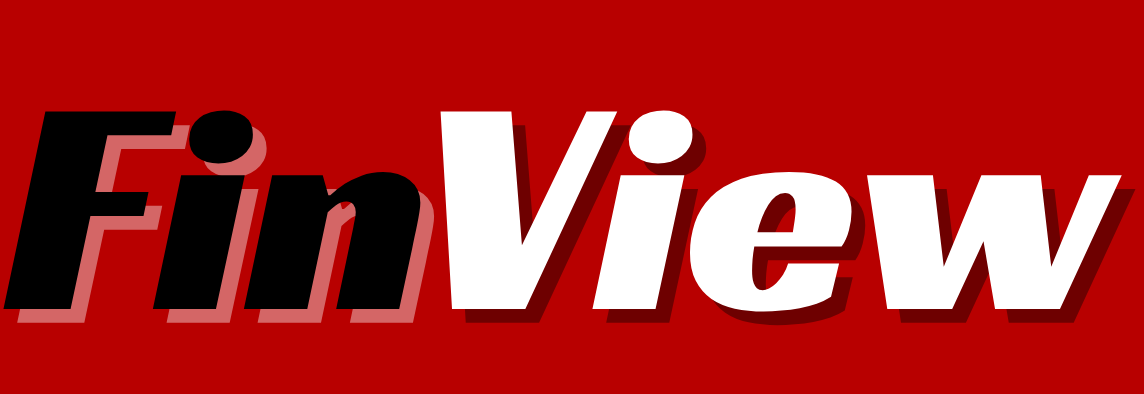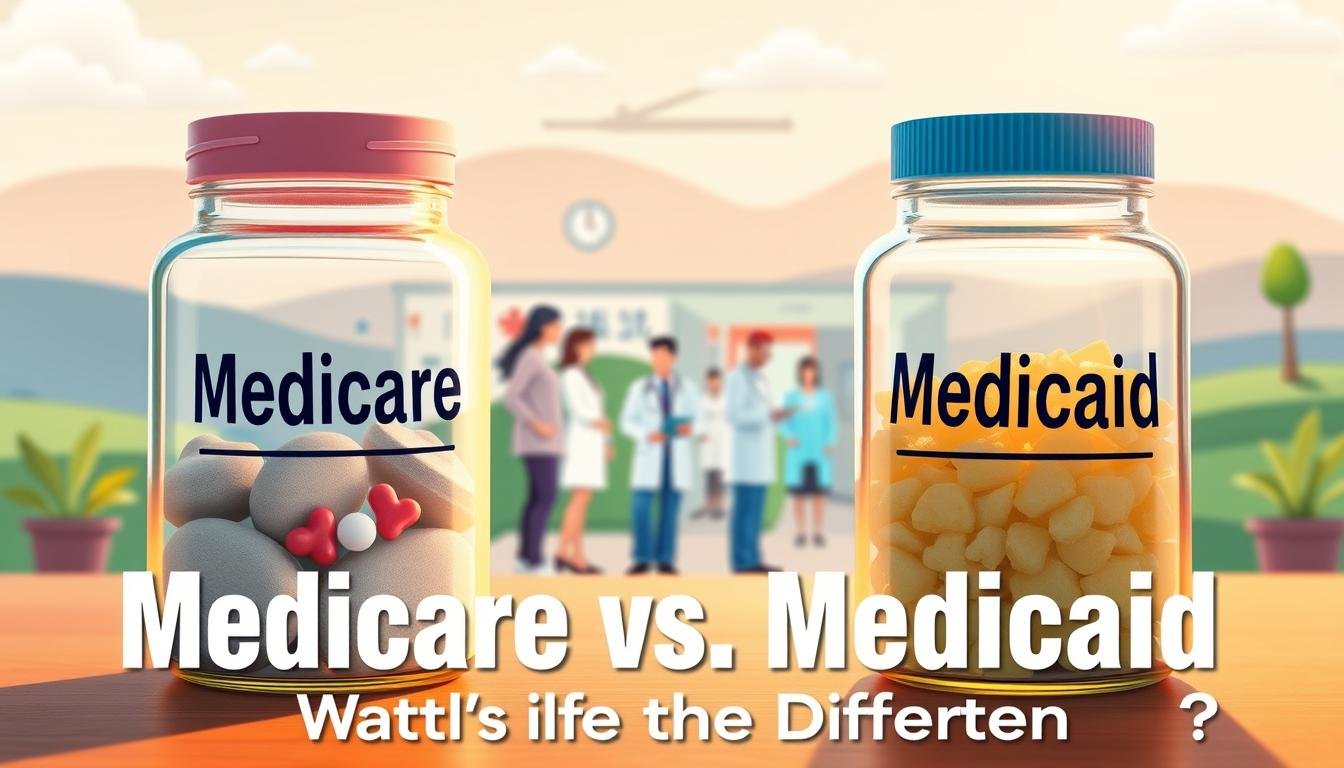In 2020, the global insurance industry’s premiums reached a staggering $5.8 trillion. This figure highlights the indispensable role insurance plays in securing financial stability and tranquility globally. It encompasses a spectrum of protections, from health and vehicles to homes and businesses, necessitating a thorough understanding of the available insurance types for sound decision-making.
Insurance coverage is a bulwark against unforeseen financial calamities. By acquiring the appropriate policy, individuals can shield themselves from potentially crippling financial repercussions. We will explore the principal insurance policies, each crafted to address distinct needs and circumstances.
Key Takeaways
- Insurance coverage is vital for mitigating financial risks.
- Health insurance aids in covering medical expenses.
- Auto insurance offers protection for vehicles and drivers.
- Homeowners and renters insurance safeguards living spaces and personal belongings.
- Specialized policies like life, disability, business, and travel insurance cater to specific requirements.
What is Insurance?
Insurance emerges as a cornerstone in the realm of financial security, serving as a bulwark against unforeseen fiscal adversities. It functions by providing pecuniary recompense under predesignated stipulations, establishing a protective barrier for both personal and corporate entities.
The insurance definition encapsulates a contractual agreement, denominated as a policy, between the insurer and the insured. Herein, the insurer undertakes the obligation to indemnify the insured against specific prospective losses, in exchange for a premium. This risk allocation mechanism empowers individuals and corporations to confront the vicissitudes of daily existence with enhanced confidence.
The profound significance of insurance in our everyday lives is underscored by its pervasive presence. From health insurance, which mitigates the financial strain of medical expenditures, to auto insurance, which safeguards against the fiscal repercussions of vehicular mishaps, and homeowners insurance, which protects residential assets, these policies confer substantial daily life insurance benefits. For example, health coverage affords access to vital medical care without the specter of crippling expenses, whereas auto insurance shields against the financial fallout of vehicular accidents.
Insurance plans transcend mere peace of mind, playing a vital role in economic stability. They facilitate risk management, averting the specter of financial devastation occasioned by unforeseen events. By procuring suitable insurance, entities can chart a course for the future, fortified by an additional layer of safeguarding.
Health Insurance
Health insurance is a fundamental aspect of financial planning, serving as a critical safety net against unforeseen medical expenses. The myriad of insurance options can be overwhelming, yet understanding the core plans simplifies the decision-making process.
Health Maintenance Organizations (HMOs) mandate a primary care physician and necessitate referrals for specialist services. This model, while cost-effective, confines care to the network, limiting flexibility.
Preferred Provider Organizations (PPOs) offer greater flexibility in healthcare provider selection and often dispense with the need for referrals. This increased flexibility, though, is typically accompanied by higher premiums. Such plans are advantageous for those requiring diverse provider options.
High-Deductible Health Plans (HDHPs) are commonly paired with Health Savings Accounts (HSAs). These plans feature lower premiums but higher deductibles, making them suitable for individuals or families with infrequent medical needs.
Understanding premiums and deductibles is imperative. A premium is a monthly fee that maintains the insurance’s active status, whereas a deductible is the initial out-of-pocket expenditure for healthcare services before insurance coverage commences.
| Plan Type | Network Flexibility | Cost | Special Features |
|---|---|---|---|
| HMO | Limited | Lower premiums | Requires referrals |
| PPO | High | Higher premiums | No referrals needed |
| HDHP | Varies | Lower premiums, high deductibles | Compatible with HSAs |
The benefits of health insurance extend beyond immediate medical expense coverage. Robust health insurance plans frequently include preventive care, enabling early detection of health issues and potentially improving outcomes. They also safeguard against the financial devastation that can result from a single major health event, ensuring that such occurrences do not precipitate financial collapse.
Auto Insurance

In the United States, auto insurance is indispensable for vehicle owners, safeguarding against a myriad of financial perils. Grasping the nuances of auto insurance coverage is imperative, given the diversity in protection levels across various policies. Policies typically fall into categories such as liability, collision, and comprehensives, each tailored to address distinct needs and scenarios.
The compulsory nature of auto insurance coverage guarantees a foundational level of financial safeguard for all drivers. Liability insurance, the bedrock of coverage, indemnifies against damages and injuries inflicted upon others by the policyholder. In contrast, collision coverage addresses damages to the policyholder’s vehicle in accidents, irrespective of fault. Lastly, comprehensives offer protection against a broader spectrum of risks, encompassing theft, natural disasters, and vandalism.
Insurance premiums fluctuate significantly, influenced by a multitude of factors. A pristine driving record is a significant determinant, often leading to lower premiums, whereas infractions or accidents can escalate costs. The type of vehicle also impacts premiums, with high-value or high-performance vehicles commanding higher premiums than standard models.
Geographic location is another critical factor. Urban environments, characterized by higher traffic densities and crime rates, typically incur higher premiums than rural areas. Insurers meticulously evaluate these elements to ascertain the most precise rates for each policyholder.
Drivers are empowered by a thorough understanding of the intricacies behind auto insurance policies and the determinants of insurance rates. Such knowledge enables them to make informed decisions, ensuring adequate protection that aligns with both legal and personal financial requirements.
For a detailed perspective, consider the factors influencing insurance rates and the types of coverage in the table below:
| Factor | Impact on Insurance Rates |
|---|---|
| Driving History | Clean record lowers rates; accidents/violations increase rates |
| Vehicle Type | Luxury/high-performance vehicles have higher premiums |
| Geographic Location | Urban areas often result in higher premiums due to higher risk variables |
Homeowners Insurance
The comprehension of homeowners insurance is imperative for the safeguarding of your property and assets. This insurance type encompasses a variety of coverage options, ensuring your home’s protection against numerous risks. It generally covers damages resulting from fires, theft, or natural disasters.
A fundamental aspect of homeowners insurance is liability protection. This component of the policy safeguards you from financial repercussions in the event of injuries on your property. Liability protection can mitigate legal fees and medical expenses, alleviating significant financial burdens.
It is vital to maintain a detailed home inventory for claim purposes. A thorough home inventory catalogues all personal belongings, facilitating the assessment of losses and streamlining the claims process. Regularly update your home inventory, documenting high-value items and retaining receipts when feasible.
- Coverage Options: Dwelling protection, personal property coverage, and additional living expenses.
- Liability Protection: Covers legal expenses and medical costs if guests are injured on your property.
- Home Inventory: An essential tool for accurate claims processing and recovery post-disaster.
By grasping these critical elements—coverage options, liability protection, and home inventory—you can ensure your homeowners insurance policy offers extensive protection for your property and assets.
Renters Insurance
In the contemporary rental landscape, renters insurance emerges as a critical safeguard for tenants. This form of insurance coverage encompasses a multitude of benefits, shielding against unforeseen calamities. It encompasses protection for personal property, liability, and additional living expenses.
Personal property coverage safeguards the tenant’s possessions, including furniture, electronics, and apparel, against perils such as fire and theft. The absence of this coverage can render individuals financially exposed, as exemplified by Tom George’s experience. His home was ravaged by fire, leaving him without financial recourse to rebuild his life.
Liability coverage is another indispensable aspect. It encompasses legal fees and medical expenditures in the event of injury within the rental premises. Further, if the rental becomes uninhabitable due to covered perils, renters insurance can underwrite temporary living expenses. This provision offers critical support during times of crisis.
It is imperative for renters to comprehend policy exclusions when acquiring coverage. Common exclusions include damages resulting from floods, earthquakes, and pest infestations. By meticulously examining policy exclusions, renters can make informed choices and potentially procure specialized coverages as necessary.
In conclusion, renters insurance offers all-encompassing protection against a variety of risks, empowering renters to confront challenges with enhanced confidence. A thorough understanding of insurance coverage and exclusions ensures renters are adequately prepared to safeguard their financial well-being.
Life Insurance
Life insurance is a critical element in any thorough financial planning strategy. Grasping the fundamental distinctions between term and whole life insurance is essential for individuals to choose the policy that best meets their specific requirements.
Term life insurance offers coverage for a predetermined duration (commonly 10, 20, or 30 years). It is favored for its affordability and simplicity, providing substantial coverage at reduced premiums.
Conversely, whole life insurance guarantees lifelong coverage, contingent upon continuous premium payments. It encompasses a savings element, known as cash value, which accumulates over time.
The choice between term and whole life insurance hinges on several factors, including financial goals, premium affordability, and long-term aspirations. Term insurance might suffice for those in their working years, whereas whole life policies offer a blend of insurance and investment.
Life insurance policies also confer tax benefits. The death benefit is generally exempt from federal income taxes, ensuring that beneficiaries receive the full intended amount. The cash value component of whole life insurance also grows tax-deferred, potentially serving as a tax-advantaged savings vehicle.
Here is a quick comparison to illustrate the differences:
| Policy Type | Coverage Duration | Premiums | Cash Value | Tax Benefits |
|---|---|---|---|---|
| Term Life Insurance | Fixed Term | Lower | None | Death benefit is tax-exempt |
| Whole Life Insurance | Lifelong | Higher | Yes | Death benefit and cash value grow tax-deferred |
By meticulously assessing their needs and comprehending the unique attributes of term and whole life insurance, individuals can make well-informed decisions. These choices align with their financial planning objectives and offer reassurance for their families. Acknowledging the tax advantages these policies provide further highlights their importance in a holistic financial strategy.
Disability Insurance
Disability insurance is imperative for safeguarding one’s income against the unforeseen consequences of illness or injury. It encompasses two primary categories: short-term and long-term. The former typically offers a fraction of one’s salary for a brief period, whereas the latter extends financial support for years, potentially until retirement.
Identifying the need for disability insurance is fundamental. It is imperative for individuals whose livelihoods are contingent upon their ability to work. This necessity is most pronounced among self-employed individuals, primary breadwinners, and those lacking substantial financial reserves.
The process of filing a disability insurance claim, though complex, can be simplified with a structured approach. Below is a detailed guide to facilitate this endeavor:
- Notify your employer: Promptly inform your employer upon realizing the necessity to file a claim.
- Gather Documentation: Compile medical records, doctors’ statements, and other pertinent documents to support your claim.
- Fill out the Claim Form: Accurately complete the claim forms provided by your insurance company, ensuring all sections are filled.
- Submit Your Claim: Forward the completed form along with your documentation to your insurance provider.
- Follow Up: Consistently monitor the status of your claim and provide supplementary information if requested by the insurance company.
It is essential to comprehend the specific coverage and benefits offered by a disability insurance policy. The following comparative table delineates the distinctions between short-term and long-term disability insurance:
| Feature | Short-Term Disability | Long-Term Disability |
|---|---|---|
| Coverage Duration | 3-6 months | Several years or until retirement |
| Benefit Amount | 60-70% of income | 50-60% of income |
| Waiting Period | 1-2 weeks | 3-6 months |
| Cost | Lower premiums | Higher premiums |
By grasping the intricacies of disability insurance, including the claim filing process and available benefits, one can make an informed decision. This decision will effectively safeguard one’s financial well-being.
Business Insurance
In the ever-evolving realm of commerce, the imperative for business insurance cannot be overstated. It serves as a bulwark against the myriad risks that threaten the very existence of your enterprise. The array of coverages available is designed to address the diverse needs of businesses, ensuring a holistic approach to risk mitigation.
The cornerstone of this strategy is liability insurance, which acts as a shield against claims of injury, property damage, and negligence. This coverage is indispensable for preserving your financial equilibrium in the face of legal challenges.
The safeguarding of business assets, encompassing both tangible and intangible elements, is fundamental to a well-structured insurance framework. Property insurance emerges as a critical component, protecting your physical assets from perils such as theft, fire, and natural disasters.
Worker’s compensation insurance, another vital component, is essential for the welfare of your employees. It provides coverage for medical expenses and lost wages in the event of on-the-job injuries, ensuring their health and your adherence to legal standards.
To facilitate a clearer understanding, consider the following essential components:
- General Liability Insurance
- Property Insurance
- Worker’s Compensation Insurance
- Professional Liability Insurance
- Business Interruption Insurance
By integrating these elements, a formidable insurance portfolio is constructed, effectively protecting business assets against a wide spectrum of threats. It is imperative to meticulously evaluate your specific requirements and seek counsel from a seasoned insurance professional to customize the most suitable coverage for your enterprise.
Travel Insurance

Travel insurance emerges as an indispensable element for individuals contemplating voyages, serving as a bulwark against unforeseen occurrences that could potentially disrupt travel itineraries. The selection of insurance policies necessitates a thorough comprehension of the benefits they proffer, encompassing indemnification for trip cancellations, medical expenditures, and the loss of personal effects.
The foremost advantage of travel insurance lies in its provision for trip cancellations, enabling reimbursement for non-refundable expenditures in the event of cancellation due to covered reasons such as illness, injury, or severe weather conditions. Medical coverage stands as another critical benefit, proving invaluable in scenarios where travelers fall ill or sustain injuries while abroad.
Further, travel insurance frequently extends coverage to the loss of luggage and personal items, a feature of immense utility when one’s baggage is either misplaced or delayed. The availability of diverse insurance policies empowers travelers to select coverage that aligns with their specific requirements, ranging from basic to all-encompassing packages.
Several variables impact insurance costs, including the destination, trip duration, and the age and health status of the traveler. A comparative analysis of various plans is imperative to identify the most economical option that concurrently offers the requisite protection.
Equipped with the appropriate travel insurance, travelers can proceed on their journeys with an enhanced sense of security, assured that they are financially safeguarded against a multitude of possible adversities.
Specialty Insurance
Specialty insurance is crafted to safeguard unique items and scenarios, often neglected by conventional policies. Unlike standard insurance, which addresses common needs such as health, auto, and home, specialty insurance addresses more specific, less common risks. This specialized coverage is essential for those with assets that do not fit into the typical insurance spectrum.
Examples of such insurance include pet insurance, which covers veterinary expenses for pets; flood insurance, which protects against flooding damage not covered by standard homeowners insurance; and cyber insurance, which mitigates risks from data breaches and cyber-attacks. These specialized policies ensure the protection of diverse assets, ranging from rare collections to cutting-edge technological infrastructure.
Deciding on the need for specialty insurance requires a thorough assessment of unique risk factors. If you possess high-value collectibles, frequently travel to areas prone to flooding, or manage sensitive digital data, these specific insurance policies offer robust protection. By leveraging specialty insurance, individuals and businesses can safeguard their unique and valuable assets effectively.





